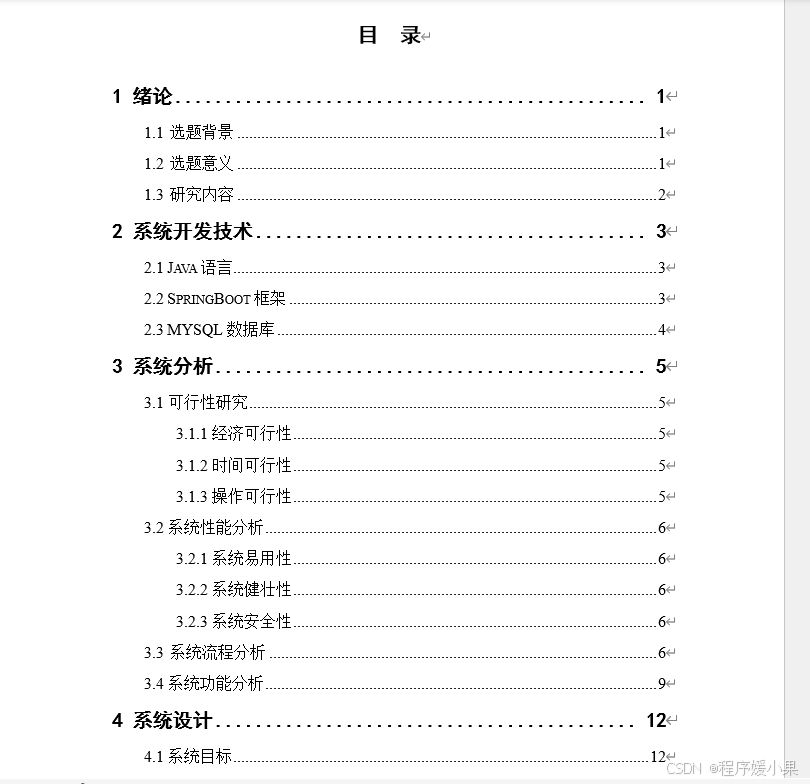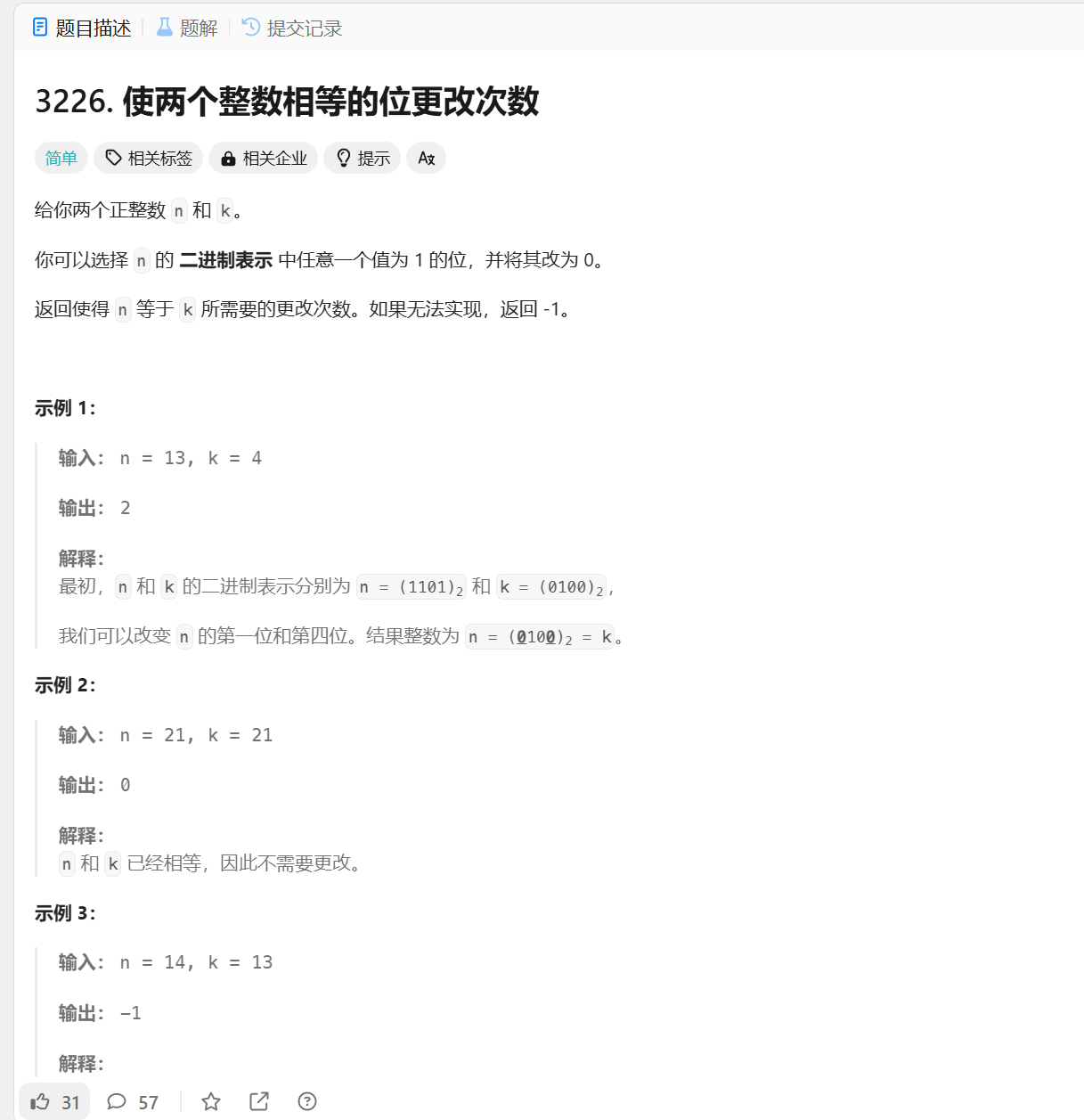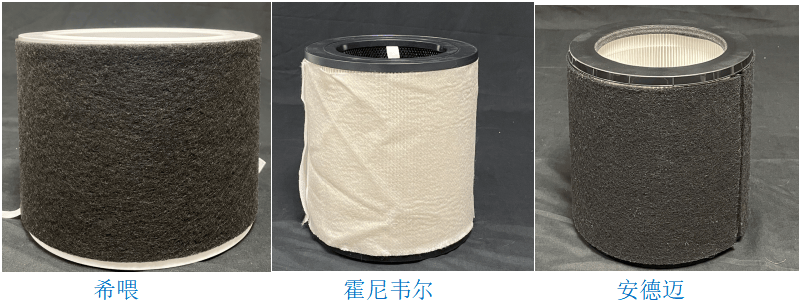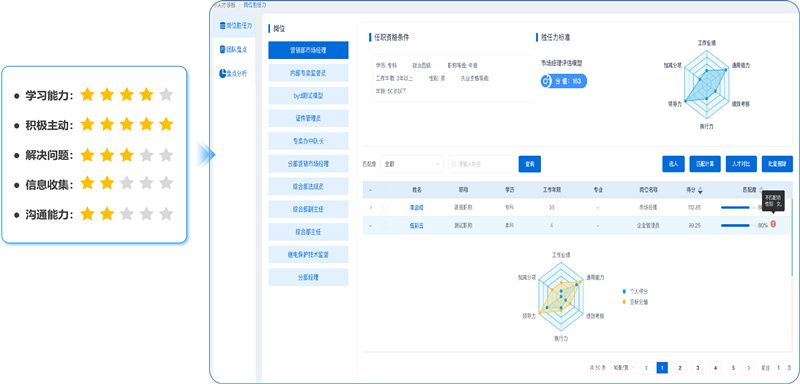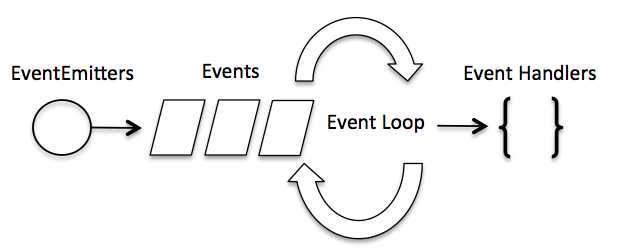目录
一、PySimpleGUI
1、布局和窗口
2、文本框组件
3、视频处理
4、图片处理
二、pymsql
1、数据库操作
2、数据采集
3、人脸识别
一、PySimpleGUI
PySimpleGUI 是一个用于简化 GUI 编程的 Python 包,它封装了多种底层 GUI 框架(如 tkinter、Qt、WxPython 等),提供了简单易用的 API。PySimpleGUI 包含了大量的控件(也称为小部件或组件),这些控件可以帮助快速构建用户界面。
安装
pip install pysimplegui1、布局和窗口
import PySimpleGUI as sg# 创建一个布局组件layout = [[sg.Button('关闭'), sg.Button('保存')]
]
# 创建窗口
window = sg.Window('第一个窗口', layout)while True:# 读取窗口信息,返回窗口的事件和数据event, value = window.read()# 点击X和退出按钮,关闭窗口if event in (None, '关闭'):# 提示sg.popup('已退出窗口')break# 资源释放
window.close()

2、文本框组件
import PySimpleGUI as sg# 创建一个布局组件layout = [[sg.Text("编号:", size=(10, 1)), sg.InputText(key='id')],[sg.Text("姓名:", size=(10, 1)), sg.InputText(key='name')],[sg.Text(key='msg')],[sg.Button('关闭'), sg.Button('保存')]
]
# 创建窗口
window = sg.Window('第一个窗口', layout)while True:# 读取窗口信息,返回窗口的事件和数据event, value = window.read()if event == '保存':# 获取编号id = value['id']name = value['name']print(f'id={id},name={name}')# 提示sg.popup(f'id={id},name={name}')window['msg'].update(f'id={id},name={name}')if event in (None, '关闭'):# 提示sg.popup('已退出窗口')break# 资源释放
window.close()

3、视频处理
import cv2
import PySimpleGUI as sgdef rendvideo():# 开启摄像头cap = cv2.VideoCapture('../video/1.mp4')if cap.isOpened() == False:print('没有开启摄像头')return# 创建layoutlayout = [[sg.Button('关闭')],[sg.Image(key='video')]]# 创建一个window对象# location 视频位置# size 视频大小window = sg.Window('视频处理', layout, location=(50, 50))while True:# 读取窗口信息,返回窗口的事件和数据event, value = window.read(timeout=10)# 读取数据帧ret, frame = cap.read()# None 表示未进行任何事件if event in (None, '关闭'):breakif ret:imgType = cv2.imencode('.png', frame)[1].tobytes()window['video'].update(imgType)# 释放资源cap.release()window.close()if __name__ == '__main__':rendvideo()4、图片处理
import cv2
import PySimpleGUI as sgdef rendpicture():# 设置主题sg.theme('LightBlue')# 创建layoutlayout = [[sg.Text('选择一张图片:')],[sg.Button('关闭'), sg.Button('上传')],[sg.Input(key='-FILE-', enable_events=True),sg.FileBrowse(file_types=(('imageFiles', '*.png;*.jpg;*.jpeg;*.gif'),))],[sg.Image(key='-Image-')]]# 创建窗口window = sg.Window('文件处理', layout)while True:event, value = window.read()if event in (None, '关闭'):breakif event == '上传':# 图片路径不能用中文path = value['-FILE-']print(path)window['-Image-'].update(filename=path)# 释放资源window.close()if __name__ == '__main__':rendpicture()

二、pymsql
PyMySQL 是一个用于连接 MySQL 数据库的纯 Python 实现。它允许 Python 程序与 MySQL 数据库进行交互,执行 SQL 查询,并处理结果集。
安装
pip install pymysql1、数据库操作
import pymysql# 新增
def add(name, num):# 创建数据库连接con = pymysql.connect(host="localhost", # 数据库地址user="root", # 用户名passwd="1234", # 密码port=3306, # 端口database="demo91", # 数据库名charset="utf8" # 中文编码)# 创建游标对象,包含了增删改查的函数cur = con.cursor()# 定义sqlsql = "insert into user_info (user_name,user_num) value (%s,%s)"# 运行sql(增删改查sql的函数)cur.execute(sql, (name, num))# 执行增删改sql的函数,返回一个受影响行数的数值num = cur.rowcountif num > 0:print("新增成功")else:print("新增失败")# 提交con.commit()# 释放资源cur.close()con.close()# 修改name
def update(name, id):# 创建数据库连接con = pymysql.connect(host="localhost", # 数据库地址user="root", # 用户名passwd="1234", # 密码port=3306, # 端口database="demo91", # 数据库名charset="utf8" # 中文编码)# 创建游标对象,包含了增删改查的函数cur = con.cursor()# 定义sqlsql = "update user_info set user_name=%s where user_id=%s"# 运行sql(增删改查sql的函数)cur.execute(sql, (name, id))# 执行增删改sql的函数,返回一个受影响行数的数值num = cur.rowcountif num > 0:print("修改成功")else:print("修改失败")# 提交con.commit()# 释放资源cur.close()con.close()# 查询
def query(num):# 创建数据库连接con = pymysql.connect(host="localhost", # 数据库地址user="root", # 用户名passwd="1234", # 密码port=3306, # 端口database="demo91", # 数据库名charset="utf8" # 中文编码)# 创建游标对象,包含了增删改查的函数cur = con.cursor()# 定义sqlsql = "select * from user_info where user_num=%s"# 运行sql(增删改查sql的函数)cur.execute(sql, (num,))# 查询rs = cur.fetchall()print(rs)cur.close()con.close()if len(rs) > 0:print(rs[0][1])return rs[0][1]else:return "无"# 删除
def delNum(id):# 创建数据库连接con = pymysql.connect(host="localhost", # 数据库地址user="root", # 用户名passwd="1234", # 密码port=3306, # 端口database="demo91", # 数据库名charset="utf8" # 中文编码)# 创建游标对象,包含了增删改查的函数cur = con.cursor()# 定义sqlsql = "delete from user_info where user_id=%s"# 运行sql(增删改查sql的函数)cur.execute(sql, (id,))# 执行增删改sql的函数,返回一个受影响行数的数值num = cur.rowcountif num > 0:print("删除成功")else:print("删除失败")# 提交con.commit()# 释放资源cur.close()con.close()if __name__ == "__main__":# add("王五", 1)# add("李四", 1)# update("路人甲", 3)# query(10)delNum(1)
2、数据采集
import cv2
import pymysql
import PySimpleGUI as sg"""
脸信息记录新增
"""
def add(name, num):# 创建数据库连接con = pymysql.connect(host="localhost", # 数据库地址user="root", # 用户名passwd="1234", # 密码port=3306, # 端口database="demo91", # 数据库名charset="utf8" # 中文编码)# 创建游标对象,包含了增删改查的函数cur = con.cursor()# 定义sqlsql = "insert into user_info (user_name,user_num) value (%s,%s)"# 运行sql(增删改查sql的函数)cur.execute(sql, (name, num))# 执行增删改sql的函数,返回一个受影响行数的数值num = cur.rowcount# 提交con.commit()# 释放资源cur.close()con.close()if num > 0:print("新增成功")return Trueelse:print("新增失败")return False"""
数据采集窗口
"""
def dataget():# 开启摄像头cap = cv2.VideoCapture('../video/1.mp4')if cap.isOpened() == False:print('没有开启摄像头')return# 创建layout布局layout = [[sg.Text("编号:"), sg.InputText(key='num')],[sg.Text("姓名:"), sg.InputText(key='name')],[sg.Image(key='video')],[sg.Button('关闭'), sg.Button('人脸采集')]
]# 创建一个window窗口window = sg.Window('人脸信息采集', layout)while True:# 读取窗口信息,返回窗口的事件和数据event, value = window.read(timeout=10)# 读取数据帧ret, frame = cap.read()# None 表示未进行任何事件if event in (None, '关闭'):breakif ret:imgType = cv2.imencode('.png', frame)[1].tobytes()window['video'].update(imgType)if event == '人脸采集':# 获取编号和姓名num = value['num']name = value['name']# 写入人脸图片iss = cv2.imwrite(f'E:\\images\\{num}.png', frame)if iss:isadd = add(name, num)if isadd:sg.popup('人脸采集成功!')else:sg.popup('人脸采集失败!')# 释放资源cap.release()window.close()if __name__ == '__main__':dataget()
3、人脸识别
import os
import cv2
import face_recognition
import pymysql
import numpy as np
import PySimpleGUI as sg"""
人脸信息记录查找
"""
# 查询
def query(num):# 创建数据库连接con = pymysql.connect(host="localhost", # 数据库地址user="root", # 用户名passwd="1234", # 密码port=3306, # 端口database="demo91", # 数据库名charset="utf8" # 中文编码)# 创建游标对象,包含了增删改查的函数cur = con.cursor()# 定义sqlsql = "select * from user_info where user_num=%s"# 运行sql(增删改查sql的函数)cur.execute(sql, (num,))# 查询rs = cur.fetchall()# print(rs)cur.close()con.close()if len(rs) > 0:# print(rs[0][1])return rs[0][1]else:return "查无此人""""
数据采集窗口
"""
def rendVideo():# 读取视频cap = cv2.VideoCapture('../video/1.mp4')if not cap.isOpened():print('没有读取到视频')return# 创建layout布局layout = [[sg.Image(key='video')],[sg.Button('关闭'), sg.Button('人脸识别')]]# 创建一个window窗口window = sg.Window('人脸信息识别', layout)while True:# 读取窗口信息,返回窗口的事件和数据event, value = window.read(timeout=10)# 读取数据帧ret, frame = cap.read()# None 表示未进行任何事件if event in (None, '关闭'):breakif ret:# 把数据帧对象转换成bytes数据类型,更新窗口对象window信息imgType = cv2.imencode('.png', frame)[1].tobytes()window['video'].update(imgType)if event == '人脸识别':# 查找人脸库list_dir = os.listdir("E:\\images")if len(list_dir) > 0:for i in list_dir:# 读取一个图片对象 获取人脸特征img = cv2.imread(f'E:\\images\\{i}')if img is None:print('没有读取到图片')breakelse:# 获取已知图片的特征变量en01 = face_recognition.face_encodings(img)[0]# 获取需要识别的图片的特征变量en02 = face_recognition.face_encodings(frame)[0]# 计算欧几里得距离re = np.linalg.norm(en01 - en02)if re < 0.45:num = i.split('.')[0]result = query(num)sg.popup(f'此人是{result}')breakelse:sg.popup('人脸库没有此人')# 释放资源cap.release()window.close()if __name__ == '__main__':rendVideo()











